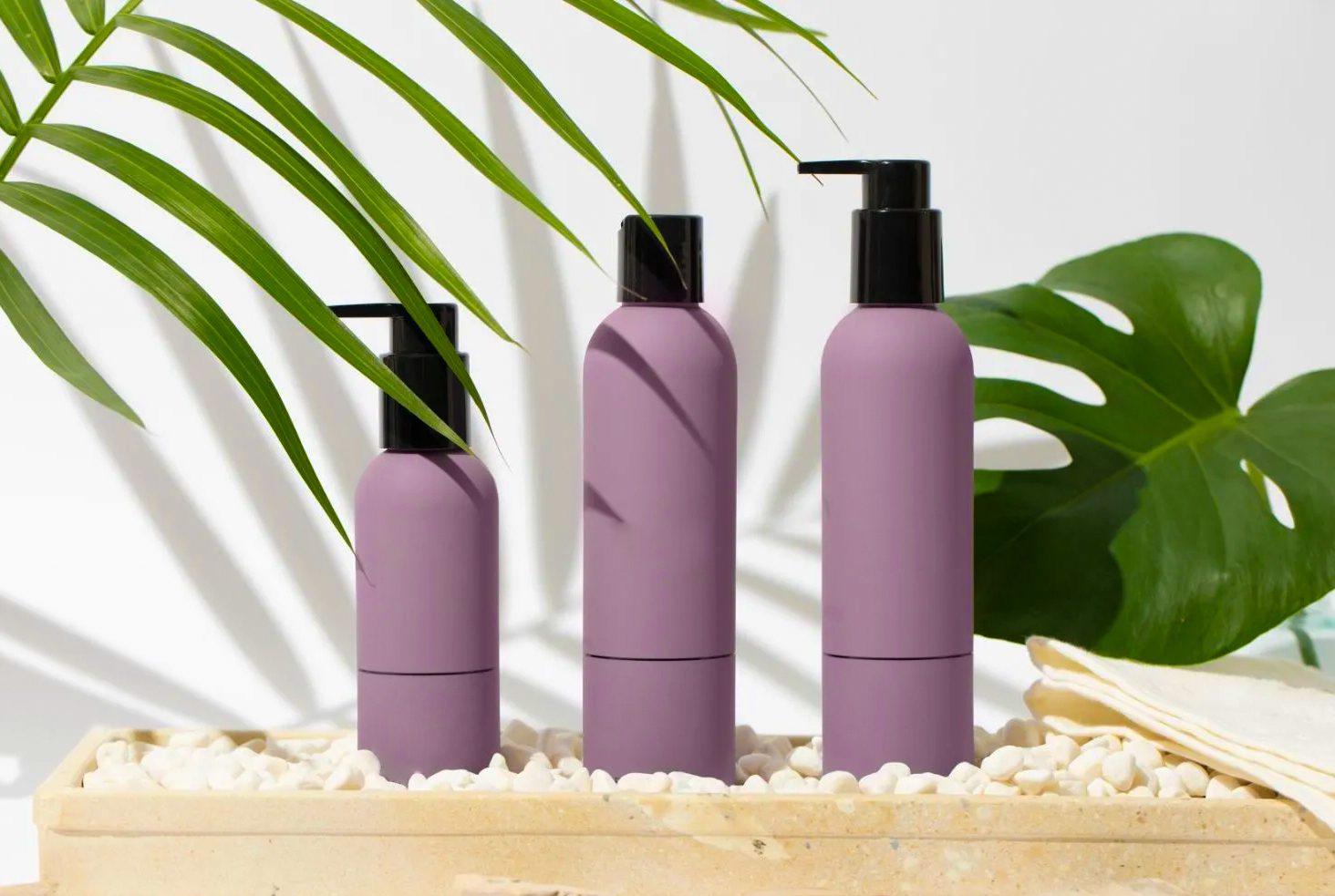Cocamidopropyl betaine

What is Cocamidopropyl betaine?
Cocamidopropyl betaine (CAPB) is a naturally derived product from coconut oil. Cocamidopropyl betaine is a versatile ingredient that has been commonly used in personal care and household products since the 1950s. It was initially used during World War II as a cleanser that could lather up in cold water.
It always employed as a secondary cleansing agent, sometimes referred to as a co-surfactant. When used alone as the sole cleansing agent, it is generally too mild to clean adult skin and hair but is sometimes used as the sole cleansing agent in products for children. It makes cleansers work better when it’s combined with other ingredients. It is often used in “no tear formulas” due to its gentler nature compared to sulfates. This amphoteric surfactant can be mixed with amphoteric, anionic, cationic, and nonionic surfactants. Some products that may contain CAPB include: body wash, facial cleanser, shampoo, conditioner, hair styling products, hair coloring kits, shaving cream, mouthwash, makeup remover, liquid soap, toothpaste, household cleaners, and laundry detergent.
Features and advantages of CAPB:
- Thickening agent: Cocamidopropyl betaine makes products feel creamier. It’s a thickening agent that adds viscosity to products.
- Foam booster and stabilizer: In personal care products such as shampoos and body washes, CAPB can help create a rich lather when it comes into contact with water. Customers like bubbles and Cocamidopropyl betaine is great at stabilizing them.
- Gentleness: Since it cleans the skin by lathering up and bonding to the impurities, it’s super gentle on the skin. Many detergents are drying to hair or skin but Cocamidopropyl betaine contains coconut oil, which is hydrating. Cocamidopropyl betaine reduces the drying effects of harsher detergents in skin and hair care products. It is known as modifier of the common skin-damaging properties of anionic surfactants in detergents, particularly sulfated anionic surfactants.
- Biodegradable: Biodegradable substances break down naturally in the environment, reducing the risk of long-term harm to ecosystems. According to the OECD 301 guidelines, CAPB can break down within 28 days, minimizing its ecological footprint. This rapid breakdown ensures that the ingredient has a low potential for bioaccumulation, which means it’s less likely to harm aquatic life.
Is a Cocamidopropyl Betaine Allergy Common?
Although CAPB is a naturally-derived, coconut-based cleanser, some people may experience dermatological reactions. In 2004, it was named the American Contact Dermatitis Society’s “Allergen of the Year.” The Environmental Working Group (EWG) also considers it a potential allergen when products containing it are not completely rinsed off.
Direct exposure to undiluted CAPB can cause contact dermatitis symptoms, which can last for 1-30 days after discontinuing use. These side effects can include itching, redness, tightness, blisters, and sores. While no studies have been done to determine how much CAPB remains on the skin after rinsing, the rapid resolution of side effects in studies where CAPB has been rinsed off suggest rinsing completely removes any residue.
CAPB is approved for use in cosmetics and other skin care products at a concentration of up to 3% to balance effective surfactant function while minimizing risk of skin irritation. The concentration limit is the same for both leave-on and rinse-off products, per the Cosmetic Ingredient Review Expert Panel.
CAPB is best used in products that are washed off of the skin, as opposed to products that are left in contact with the skin for a prolonged period.
Comedogenic Rating
When it comes to a comedogenic rating for Cocamidopropyl Betaine, the verdict is quite favorable. This ingredient scores a 0 on a scale of 0 to 5. This means it is non-comedogenic and unlikely to clog pores.
Sources:
Category of posts
